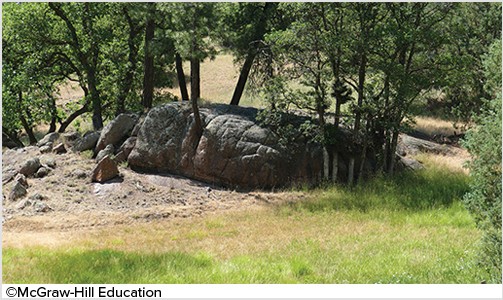Specify and define two of the seven guiding principles that should be considered in evaluating environmental policies.
What will be an ideal response?
? The reversibility principle: Avoid making decisions that cannot be reversed later if they turn out to be harmful.? The net energy principle: Avoid the widespread use of energy resources and technologies with low or negative net energy yields, which cannot compete in the open marketplace without government subsidies and tax breaks.? The precautionary principle: When substantial evidence indicates that an activity threatens human health or the environment, take precautionary measures to prevent or reduce such harm, even if some of the cause-and-effect relationships are not well established, scientifically.? The prevention principle: Make decisions that help to prevent a problem from occurring or becoming worse.? The environmental justice principle: In implementing environmental policy, no group of people should bear an unfair share of the burden created by pollution, environmental degradation, or the execution of environmental laws.? The holistic principle. Recognize that the environmental and other problems we face are connected. Thus, we need to focus on long-term solutions that address root causes of such interconnected problems instead of on short-term and often ineffective fixes that treat each problem separately.? The polluter-pays principle. Develop regulations and use economic tools, such as green taxes, to ensure that polluters bear the costs of dealing with the pollutants and wastes that they produce. This stimulates the development of innovative ways to reduce and prevent pollution and wastes.
You might also like to view...
Which color model is used for printing color maps?
A. CMYK B. HSV C. RGB D. none of these are correct
Culture is
A) genetically derived. B) an attribute of a society that deals specifically with art and music. C) learned behavior. D) derived only from contact with other societies. E) an attribute found only among folk of less developed countries.
Dairy cow regions of the United States are not farmed because they are covered by eolian soils. Indicate whether the statement is true or false
The feature in this photograph was formed by
A. abrasion. B. abrasion on the left and plucking on the right. C. plucking on the left and abrasion on the right. D. plucking.